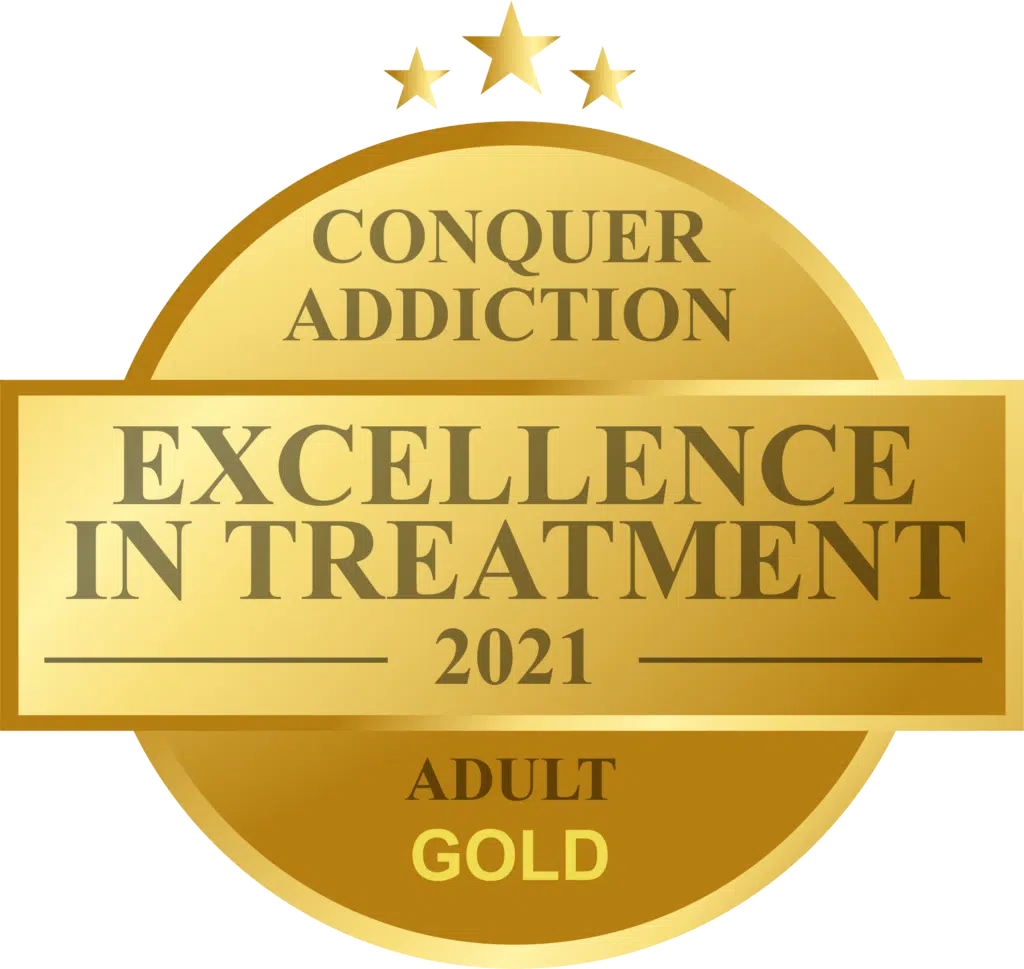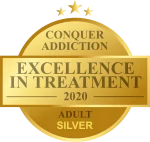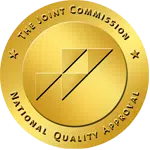Pharmacotherapy
Non-steroidal anti-inflammatory drugs (NSAID)
Aspirin
Naproxen
Ketoprofen
Acetaminophen – relieves moderate pain but it doesn’t reduce inflammation
Opioids – used for severe pain after surgery or trauma
Hydrocodone
Vicodin
Percocet
Oxycodone, etc.
When it comes to taking Opioids, pain management is essential and medication should be taken only as prescribed. There are three different types of delivery: Modified release, controlled release and long-acting. These medications can also be delivered by a doctor or nurse in a doctor’s office intravenously or subcutaneously and are considered, Patient Controlled Analgesia (PCA).
Psychosocial Interventions
Cognitive Techniques
Relaxation Therapy – Relieves stress and tension in the body through meditation
Mindfulness Meditation – Focuses on breathing patterns – conscious awareness, guided imagery. Music and aromatherapy can help set the stage.
Biofeedback Training – Teaches individuals how to recognize their physical reaction to stress by using a variety of monitoring equipment. Blood pressure, muscle tension, and heart rate all increase under stress, which can often accompany pain. By learning relaxation techniques it is possible to learn how to lower these stress responses.
Hypnotherapy/Hypnosis – Can help people direct their focus inwardly and achieve relaxation, lessen pain and anxiety. It is possible to get better control of your pain if you can reduce your pain perception.
Counseling – Pain can cause anger, confusion fear and isolation. For some people it can be very hard to come to terms with persistent pain. A good therapist can provide emotional support and guidance to help you manage that pain.
Physical Rehabilitation for Pain Management
Physiatry also known as Physical Medicine and Rehabilitation provides a wide variety of treatments for the variety of treatments for the musculoskeletal system. A number of physiatrists have additional training in specialty areas such as strokes, spinal injury etc.
Physical Therapy – Provides help to restore functions and improve mobility by working on overall fitness and health. Some methods may include: Electrical stimulation, cold compresses, hot packs, traction and ultrasound.
Occupational Therapy – Helps people deal with the tasks of everyday living. The therapist works with the mentally, physically, emotionally and developmentally disabled clients and offer retraining into new areas of employment.
Exercise Physiology – Their duties include developing exercise routines for people that are at a high risk for cardiac and pulmonary diseases.
Exercise – Is not just god for the body, but the mind and spirit. Gentle exercise can reduce pain over time. It helps control joint swelling and pain caused by arthritis and other injuries.
Hydrotherapy, Heat and Cold
Hydrotherapy is the use of water to maintain health and promote healing. Aquatic or Pool Therapy can be used therapeutically with warm water to ease joint s and sore muscles. The water takes the pressure off the joints making it easier to perform more range of motion. Cold based therapy decreases swelling and pain by constricting blood vessels and numbing nerve endings.
Myofascial Therapy – Uses hand manipulation of muscles and skin to relieve pain and promote healing. Poor body posture, physical injury, illness and stress can throw the body out of alignment. Exercises are tailored to each individual.
Osteopathic Manipulation Treatment (OMT) – This method of treatment follows the belief that all the body’s systems work together and that a disturbance in one system leads to a disturbance in another system. OMT includes spinal manipulation, soft-tissue techniques, muscle energy and cranial osteopathy.
Transcutaneous Electrical Nerve Stimulation (TENS) -The TENS unit is a type of physical therapy to decrease pain without needles or surgery. The TENS unit blocks pain by providing opposing stimulation to compete with the signals that cause pain. The TENS unit works best during the day when pain is at its worse.
Craniosacral Therapy – is a gentle form of manipulation. Craniosacral therapists believe that the movement of the spinal fluid around the central nervous system creates a vital body rhythm and health problem occur when there is a blockage.
Complementary and Alternative Medicine (CAM)
Most CAM therapists take on a holistic approach e.g.:- acupuncture, mind-body techniques, energy therapy and chiropractic care.
Acupuncture -This technique involves penetrating the skin with thin sold needles that are manipulated by the hands or by electrical stimulation to remove negative energy.
Acupressure – This technique involves the Chinese healing method of applying pressure to certain meridian points to relieve pain.
Tai Chi – Is a form of meditation, and involves yoga and meditation which consists of a series (sets) of movements.
Yoga – Teaches, balance, flexibility and meditation. It is an ancient method of stilling the mind, cultivating kindness and compassion towards others.
Nutrition – Maintaining an ideal body weight supports health and well-being and can reduce excess burdens to backs, joints, arthritis and diabetes
Chiropractic Care – Chiropractors use spinal manipulation therapy as a basic treatment tool. They give special care to the biomechanics, structure and function of the spine.
Massage – Massage acts directly on the nervous system. It increases range of motion, enhances circulation, stimulates joint lubrication and relieves secondary build-up around a primary injury.
Injection and Infusion Therapies
Injection Therapy – Is used for acute and chronic pain. A needle is placed into a muscle, joint or spine or a specific group of nerves, which is followed by an injection of medication, electricity, heat or cold and is often referred to as a “never block.” They can also include:
Discogram – a diagnostic therapy to determine which disc in the lower back is causing pain. Then fluoroscopy is used and X-rays of the disc are taken.
Botulinum Toxic Injection – An injection of Botulinum Toxin is injected into a muscle group. The toxin causes temporary paralysis of the muscle. It takes 2-3 days before muscle relaxation is achieved.
Sacroiliac (SI) joint injection – A SI injection is placed in the lower back/buttocks area to relieve pain.
Trigger Point Injection (TPI) injection – Are used to treat pain and spasms associated with Myofascial Syndrome and Fibromyalgia.
Celiac Plexus – This block is used to treat upper abdominal pain.
Epidural Steroid Injection (ESI) – This block is used on nerves surrounding the spinal cord and spinal nerves.
Facet Nerve Block – used to relieve inflammation in the neck or back area caused near the facets joints of the spine.
Stellate Ganglion Block – Is a local anesthetic block used around a group of nerves in the base of the front of your neck.
Neuroblative Therapies – Produces a longer lasting effective nerve block that uses heat or cold or chemical agents to destroy certain nerve cells or nerve pathways.
Radiofrequency Facet Rhizotomy – Destroys the facet nerve(s) in the lower back or cervical region using radiofrequency heat waves.
IntraDiscal ElectroThermal Therapy (IDET) – is considered if you have cracks or fissures in the wall of one of your spinal discs. IDET is an application of thermal heat which may result in the contraction or closure of the crack in the spinal disc wall.
Cryoanalgesia – is an application of thermal energy (cold) to a nerve or nerve chain to freeze it with nitrous oxide or CO2 gas often used for rib injury lung and chest surgery.
Celiac Plexus (Destructive) Block – is an injection of alcohol or phenol in the area of a group of nerves which supply the abdominal organs.
Lumber Sympathetic (Destructive) Block – Alcohol or phenol is used in the low back region.
Minimally Invasive Surgery
Vertebroplasty Therapeutic – is a procedure used to stabilize vertebrae damaged by compression fractures by injecting bone cement into the collapsed vertebrae to strengthen the injured vertebrae.
Kyphoplasty – is used to treat bone fractures due to osteoporious. Like vertebroplasty cement is added to the weakened bone except that with this procedure a balloon is inserted and gently inflated inside the fracture vertebrae to restore height and reduce deformity of the spine.
Infusion Therapies and IV drug delivery
Subcutaneous (SC) – is used for chronic pain not acute pain because the pain medication given this way will take longer to work.
IV Bolus – Small amounts of pain medication are given through a catheter by a doctor or nurse for faster, acute pain or a short-term basis. Duration time is 45-60 minutes and used mainly in hospital settings.
IV Continuous Infusion – A continuous amount of medication is delivered through an IV by an infusion pump. Used in hospital settings.
IV Patient-controlled Analgesia PCA – By pushing the control button on the PCA infusion pump patients can give themselves small amounts of medication.
Anesthetic Infusion – IV anesthetic medication is used to control neuropathic pain.
Implantables Devices and Surgical Interventions
Implantables – pumps and stimulators are surgically placed under the skin.
Spinal Cord Stimulation (SCS) – Used for chronic pain in the neck and low back and legs. The electrical impulse or stimulation interferes with the transmission of pain signals to the brain.
Implanted Intraspinal Drug Delivery – Is a continuous infusion of pain medication. It consists of a small catheter placed in the spinal fluid, connected to a drug infusion pump and implanted in our abdomen.
Johnina Noar –CADC-II
AToN Center 888-535-1516
**Written by the American Pain Foundation**
















